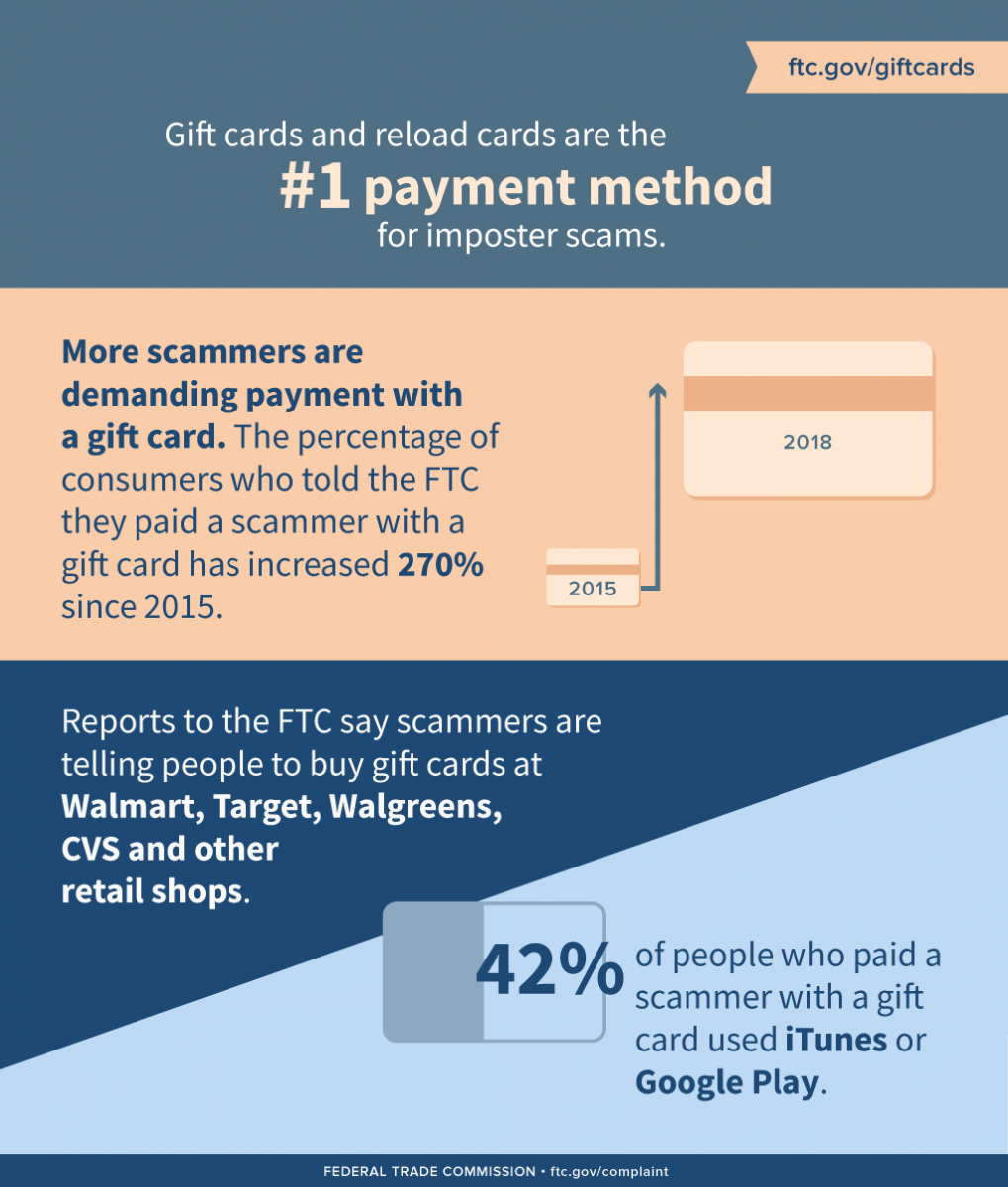Laser inscribing on glass can include vibrant, tailored layouts to a variety of items. This versatility is one of the primary advantages of laser technology over other inscribing strategies.
Prior to you engrave your glass items with the laser, be aware of a few typical problems that can develop. These pointers will certainly aid you achieve the best results possible.
Exactly How Laser Engraving Works
Laser engraving is a prominent technique for etching and individualizing things. It is a procedure that can be executed on a wide variety of materials, including glass, wood and metal. Laser engraving machines can produce extremely comprehensive styles, with fine lines and accurate cuts. Using this method, you can produce custom-made awards and other products that make sure to thrill.
To achieve the desired results, first, you will need to conceptualize the design. This will certainly aid you to determine what sort of photo or message you wish to etch on the surface. Then, you will need to convert your concept right into an electronic visuals. This can be performed with visuals style software application, such as Adobe Illustrator or Inkscape, and after that saved into a file format that works with your laser engraver.
As soon as the inscribing data are prepared, it is time to begin preparing the material for laser marking. This can be done by applying a black mask that is designed especially for laser usage. The dark shade of the mask shows laser light, and assists to minimize any warmth that would certainly or else damage the surface.
Limiting Chipping
When the laser light beam strikes the surface area of glass it promptly heats up the material up. The sudden home heating creates tiny fractures to the surface. The splits and cracks produce the appearance of engraving, etching or frozen glass.
The differing structures of different types of glass can influence just how the product reacts to the laser. It is important to carefully examine your laser setups on a sample piece of glass prior to beginning a job. Precise emphasis is likewise important for clean, regular outcomes.
To enhance the quality of your inscriptions attempt using a dark paper to protect the glass from the laser. The specialized dark paper has a layer that takes in the laser energy and allows the inscribing to occur. The dark paper can be removed as soon as the inscription is complete. It is additionally suggested to use a reduced resolution and minimize the amount of black in the graphics as this will help in reducing micro-fracturing. A Jarvis dithering pattern can likewise be applied to the visuals in the laser chauffeur settings to randomize and divide the dots of the design and more minimize the amount of micro-fracturing.
Preparing the Surface area
Laser marking on glass and plastic offers a variety of practical uses, from item traceability (like date codes or lot numbers) to 3D noting within the material itself. It's additionally utilized for decoration and style in industries like the auto, food, and telecommunication markets.
Getting great arise from laser engraving on glass depends partially on the prep work of the surface. Keeping the product clean of dust and oil helps the laser permeate much deeper and better. Concealing the surface area with a paper towel or newspaper a little larger than the engraving location can likewise reduce the effects of heat on big areas, assisting to reduce chipping and enhance overall inscribing quality.
Layout and laser control software application can also impact how well the procedure works. Programs like Adobe Illustrator or Corel Attract help you produce and modify your styles while programs like LightBurn or LaserGRBL control the laser's settings.
Getting going
Laser etching on glass is rapid and efficient, developing a gift basket with engraved glass high-end appearance that enhances items and strengthens brand identification. While some may watch out for working with this fragile material, a little time and persistence will certainly help make certain stunning outcomes.
Using a commercial laser, you can add ornamental patterns, messages, or tailored styles to things like drinking glasses, containers, carafes, and a lot more. The process is non-contact, minimizing the threat of breakage also on bent or delicate surface areas.
To make the most of laser performance, you'll want to spend time experimenting with the settings for your details device and glass kind. Refining these setups will lessen power use, enhance total engraving high quality, and lower the likelihood of errors or damage. As an example, you can increase the resolution and reduce the black degree of your graphics to use less laser power. In a similar way, using a Jarvis dithering pattern will divide and randomize the dots in your graphics to better reduce laser warm use.
